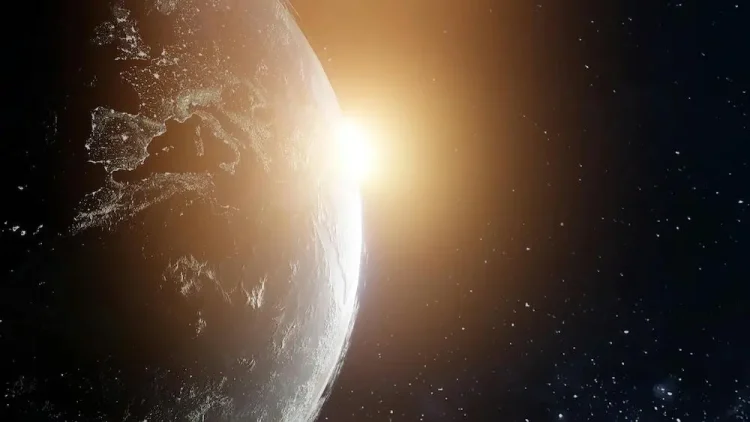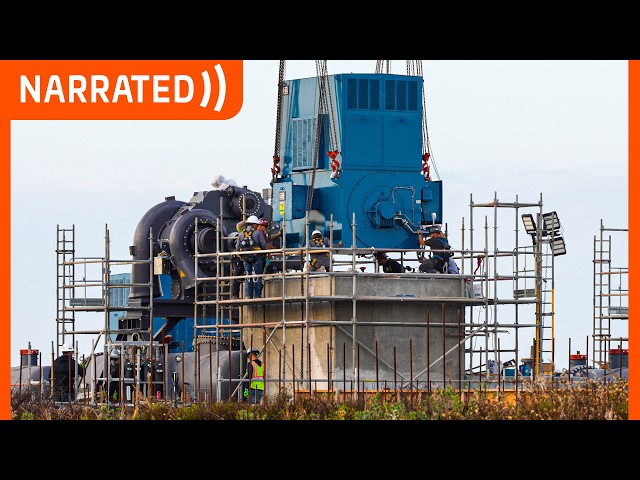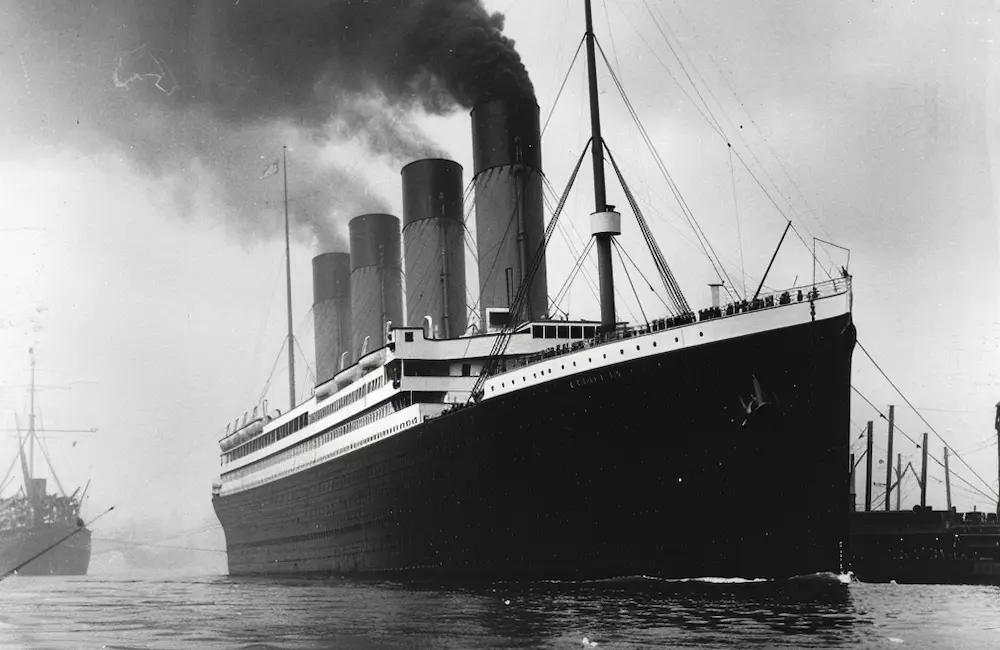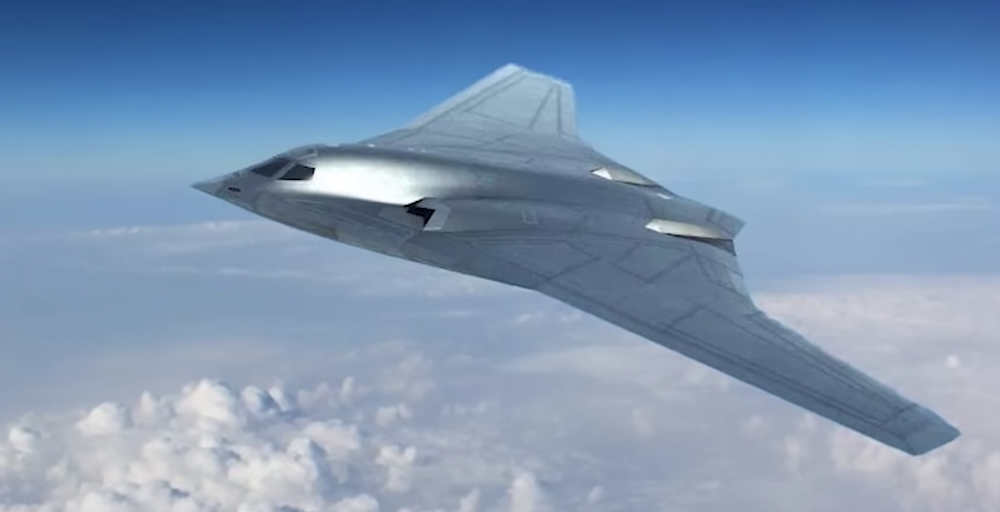In a concerning development for space exploration, a recent analysis has uncovered a significant increase in the risk of satellite collisions, highlighting the mounting threat posed by space debris.
The analysis, based on new data, indicates that the danger of collisions between satellites is far greater than previously estimated. Specifically, a close encounter between a Russian and American satellite underscored the pressing need for action to mitigate the growing hazards in Earth’s orbit.
At the center of the concern is the near-miss incident involving the non-functional Russian satellite Cosmos 2221 and NASA’s operational TIMED satellite. Initial assessments suggested a close pass with a separation of 20 meters. Still, official data now reveals a chilling reality: the distance between the two satellites was less than 10 meters, raising alarm bells within NASA.
The lack of maneuvering capabilities in both satellites further complicates the situation, leaving little room for preemptive action to avoid potential collisions. This revelation has sparked urgent calls for enhanced strategies to safeguard space infrastructure and ensure the safety of space missions.
The implications of a collision are dire, with the creation of thousands of fragments of space debris posing a significant risk to existing satellites and future missions. The specter of the Kessler Syndrome looms large, threatening to cascade into a catastrophic scenario of orbital congestion and heightened collision risks.
Against this backdrop, the global astronomical community and satellite industry are grappling with the escalating challenge of space debris management. Efforts to develop technologies for debris removal are being outpaced by the relentless pace of satellite launches, exacerbating concerns for the long-term sustainability of space activities.
As the volume of space debris continues to soar, urgent collaborative action is imperative to address this pressing issue and ensure the safety and viability of space exploration for generations to come.









